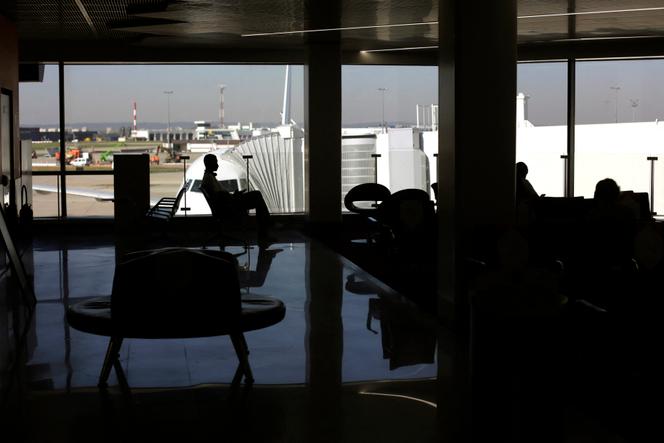


By 2035, Orly Airport aims to transform into a quieter, less polluting, and more passenger and resident-friendly hub. This objective is at the core of the "new Paris-Orly 2035 development project," presented on Wednesday, February 21, by Augustin de Romanet, CEO of the ADP Group – which manages the three Paris airports: Orly, Le Bourget and Roissy-Charles-de-Gaulle.
The project is to be officially launched on Monday, February 26. To mark the occasion, ADP initiated a "voluntary public consultation" spanning three months, until May 26, to gather feedback from residents, users, and neighboring local authorities.
"We have to move fast!" said Justine Coutard, director of Orly airport, as "construction and environmental authorizations" take an average of 15 months to come through. ADP will require numerous approvals to create the new access points to the airport, by building "four large parking areas with multi-story parking lots, which will serve the new gateways to the airport," adds the head of Orly.
However, one of ADP's challenges is to transform Orly into a model for "decarbonization, service quality, and territorial integration." This initiative has become almost imperative, as air traffic in 2023 has almost returned to pre-Covid-19 pandemic levels. Airplanes, and consequently airports, are involved in the global warming process. While their growth fuels that of ADP's, it also raises concerns about its environmental responsibility.
ADP has set the goal of achieving "zero net emissions on the ground by 2030," excluding aircraft takeoff and landing. To achieve this, the operator is counting on the arrival of Line 14 of the Parisian metro in the heart of Orly as early as 2024. This, they hope, will be a significant incentive to persuade passengers and the airport's 25,000 employees, 70% and 90% of whom currently commute by car, respectively, to opt for public transportation in the future. It's worth noting that cars alone account for 41% of the airport's ground CO2 emissions.
In addition to the ongoing construction of another metro line, line 18, and the extension of a tramway line, Orly Airport plans to implement "an internal public transport system serving all the activity zones, based on the CDGVal model," added Coutard. Orly will have won its bet if the number of passengers using public transport doubles, and if the number of employees using public transport quadruples.
This "decarbonization" of Orly is imperative, as it is "one of the most urbanized platforms in Europe," insisted the director, who pointed out that, every year, she has to manage "the coexistence of Orly with the local residents." To reassure the latter, ADP plans by 2035 to stabilize the number of movements at the 2018 levels – approximately 229,000 a year.
You have 35.33% of this article left to read. The rest is for subscribers only.
